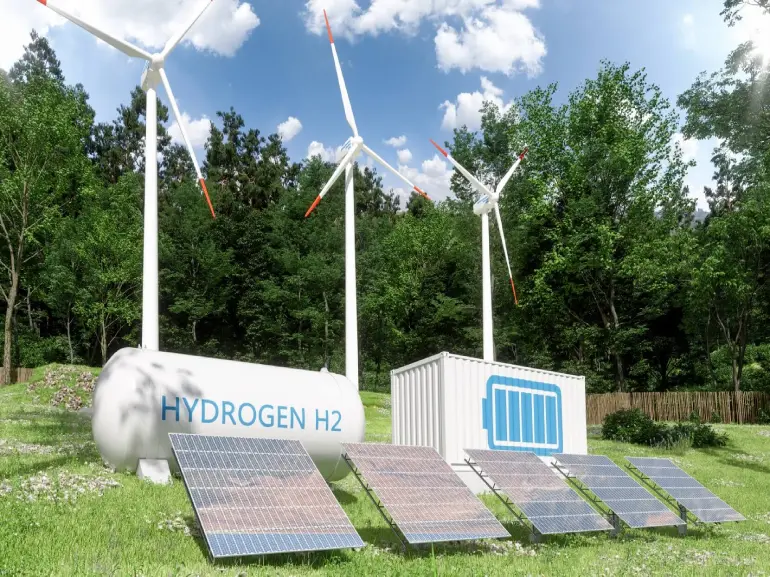Technology is constantly changing and evolving. What was once considered a “breakthrough” quickly becomes the new norm. In fact, technology is advancing so rapidly that it can be difficult to keep up with all the latest changes and innovations. This is especially true for businesses that must adopt new technologies to stay competitive.
Here are some recent technological breakthroughs that are having an impact on businesses around the world.
1. Blockchain
Blockchain is a distributed database that allows for secure, transparent, and tamper-proof transactions. This technology has the potential to revolutionize many industries, including banking, healthcare, supply chain, and more.
For businesses, blockchain provides a secure way to conduct transactions without the need for a third party (such as a bank). This can save businesses time and money while also reducing fraudulent activity. For instance, a recent article from Reuters suggested that blockchain could reduce banking fees by up to $12 billion per year.
In addition, blockchain can be used to create smart contracts. These are digital contracts that self-execute and self-enforce, which can help businesses automate processes and reduce the need for manual labor.
2. The Internet of Things
The Internet of Things (IoT) refers to the growing network of physical devices that are connected to the internet. This includes everything from cars and appliances to manufacturing equipment and wearable devices. IoT devices are able to collect and share data, which can be used to improve efficiency and optimize operations.
IoT can help businesses improve communication, streamline processes and even predict maintenance needs. For example, a company that manufactures cars could use IoT sensors to track the performance of each vehicle. This data could then be used to improve the design of future models.
In addition, IoT can be used for security purposes. For instance, businesses can install IoT-enabled cameras and sensors to monitor their premises and detect intruders.
3. Big data and analytics
Big data is a term used to describe the large volume of data generated daily. This data can come from social media, website visits, sensors, and purchase history. On the other hand, analytics is the process of analyzing this data to extract valuable insights that can be used to make better business decisions.
With the help of big data and analytics, businesses can gain a competitive edge by understanding their customers better, improving their marketing efforts, and making better predictions about future trends. For example, these two can be used for logistics tracking and taking note of critical shipping key performance indicators (KPIs).
In addition, big data and analytics can be used to improve the customer experience. For instance, companies can use this information to personalize their products and services or create a more seamless and enjoyable customer journey.

4. Artificial intelligence
Artificial intelligence (AI) refers to the ability of computers to perform tasks that would normally require human intelligence, such as understanding natural language or recognizing objects. AI is already being used in many industries, such as healthcare, finance, and manufacturing.
Businesses are using AI to automate tasks, improve customer service and make better decisions. For instance, many companies are using chatbots powered by AI to handle customer service inquiries. These chatbots can understand the human conversation and provide accurate answers to questions.
In addition, AI can be used to improve the accuracy of predictions. For example, a retail company could use AI to predict customer demand and adjust its inventory accordingly. This would help the company avoid stockouts and lost sales.
AI is also being used to create more personalized experiences for customers. For instance, an e-commerce website could use AI to recommend products similar to ones the customer has purchased in the past.
5. Augmented reality
Augmented reality (AR) is a technology that superimposes computer-generated images on top of real-world objects. AR is used in various industries, including retail, education, and gaming. AR can be used to provide a more immersive experience for customers or employees.
For example, retailers are using AR to show shoppers how products would look in their homes before buying them. And in the gaming industry, AR is used to create more realistic and immersive gaming experiences.
In addition, AR is being used for training and development purposes. For instance, employees can use AR to practice tasks in a simulated environment before they attempt them in the real world. This can help reduce accidents and improve safety.
Businesses are constantly using a variety of different technologies to improve their operations. These technologies include IoT, big data and analytics, artificial intelligence, and augmented reality. Each of these technologies has its own unique benefits, so it’s up to company leaders to find applications that will give their businesses a competitive edge.


